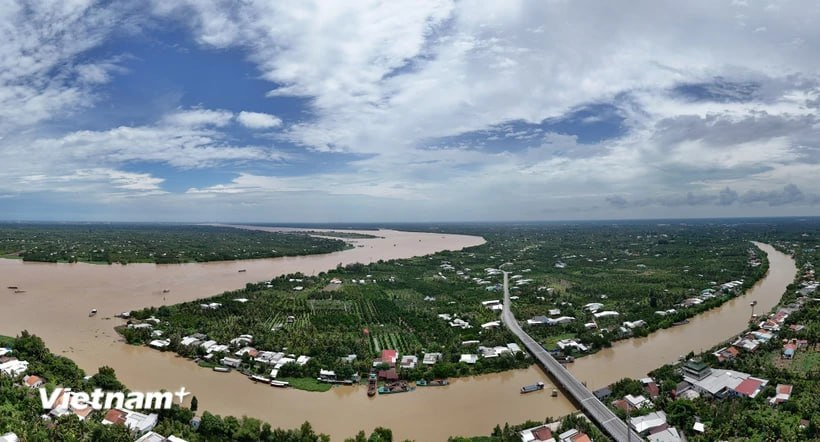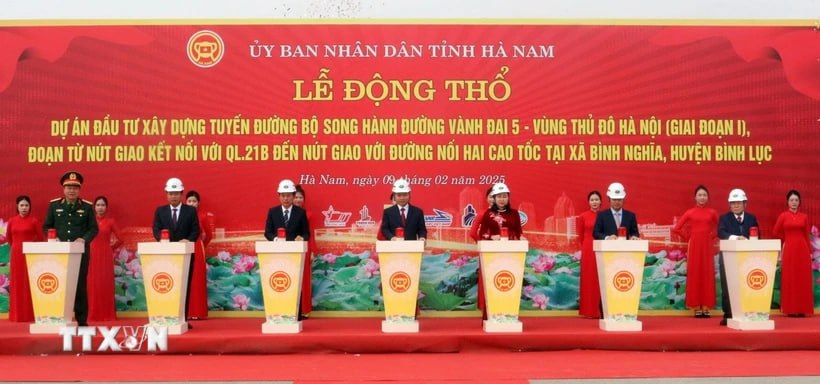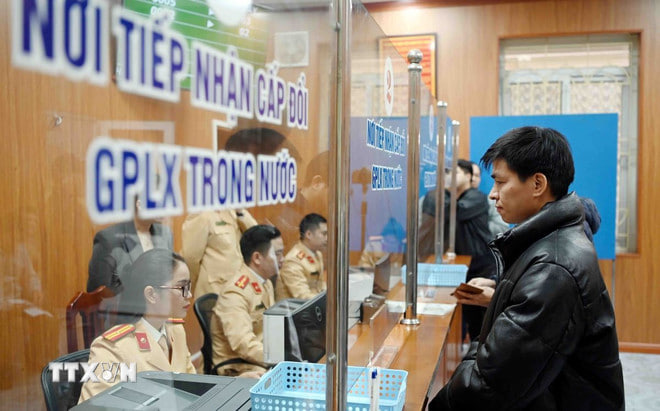The highest saline intrusion in the Mekong Delta occurs in March
According to the National Center for Hydro-Meteorological Forecasting, from now until August 2025,
it is likely that the highest saline intrusion in the Mekong Delta will be concentrated in the second half of February, especially March.
A representative of the National Center for Hydro-Meteorological Forecasting (General Department of Hydro-Meteorology,
Ministry of Natural Resources and Environment) said that from now until August 2025, the highest saline intrusion in the Mekong
Delta will be concentrated in February and March. From the end of May, saline intrusion will gradually decrease.
According to the latest information from the National Center for Hydro-Meteorological Forecasting, the saline intrusion situation
in the Mekong Delta in the coming time depends on water sources from the upper Mekong River and high tides.
Specifically, from the end of February to April 2025, the total flow of the Mekong River to the Mekong Delta will gradually decrease.
It is likely that the flow to the delta from February to March 2025 will be 5-10% lower than the average of many years; from April to May 2025,
it will be at the same level as the average of many years.
With the above trend, the meteorological agency forecasts that in the coming time, saline intrusion in the Mekong
Delta will be higher than the average of many years. Therefore, localities need to promptly update hydrometeorological forecast
information and take proactive measures to prevent saline intrusion.
It is forecasted that the highest saline intrusion periods in the Mekong Delta estuary will likely be concentrated in February and
March (from February 10-16, from February 27-March 4); Vam Co and Cai Lon rivers in March and April (from 27/2 to 4/3,
from 10-15/3, from 29/3 to 2/4, from 27/4 to 1/5); from the end of May, saline intrusion tends to decrease gradually.
Regarding high tides, the National Center for Hydro-Meteorological Forecasting forecasts that in the period from the second half
of February to May 2025, in the coastal area of the Southeast region, there is a possibility of 7 high tides (first wave from 28/2 to 05/3,
second wave from 13-18/3, third wave from 29/3 to 3/4, fourth wave from 11-17/4, fifth wave from 27/4 to 30/4, sixth wave from 12-15/5,
seventh wave from 26-29/5).
The highest water level at Vung Tau station in the period from the second half of February to May may reach 4.2m between 1-3am on March 31;
in which low-lying areas, riverside areas and areas outside the dyke in the coastal area of the Southeast are likely to be flooded.
In addition to causing flooding, high tides in the period from the second half of February to May 2025 also increase saltwater intrusion in the fields.
From June to August 2025, the coastal area of the Southeast region (including Ho Chi Minh City and neighboring provinces) is
forecasted to experience 6 high tides: The first wave will appear from June 11-16, the second wave from June 25-27,
the third wave from July 10-15, the fourth wave from July 23-28, the fifth wave from August 15-17, and the sixth wave from August 24-27.
Low-lying areas in coastal estuaries and coastal areas affected by high tides in the coastal provinces of the Southeast region are at risk of flooding./.
ESOMAR Global Research Company will continue to update the latest news on the global market.
ESOMAR Vietnam Representative Office:
Address: 82 Nguyen Xi, Ward 26, Binh Thanh, Ho Chi Minh City
zalo:+84918082815
Contact Phone: 02855598501
Email: [email protected]
Official website (https://www.researchworld-vnm.com/)
Esomar VNM (https://esomarvnm.com/)


